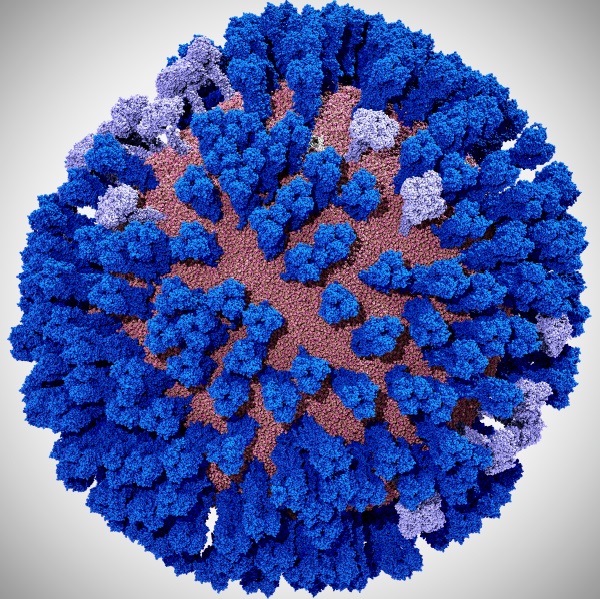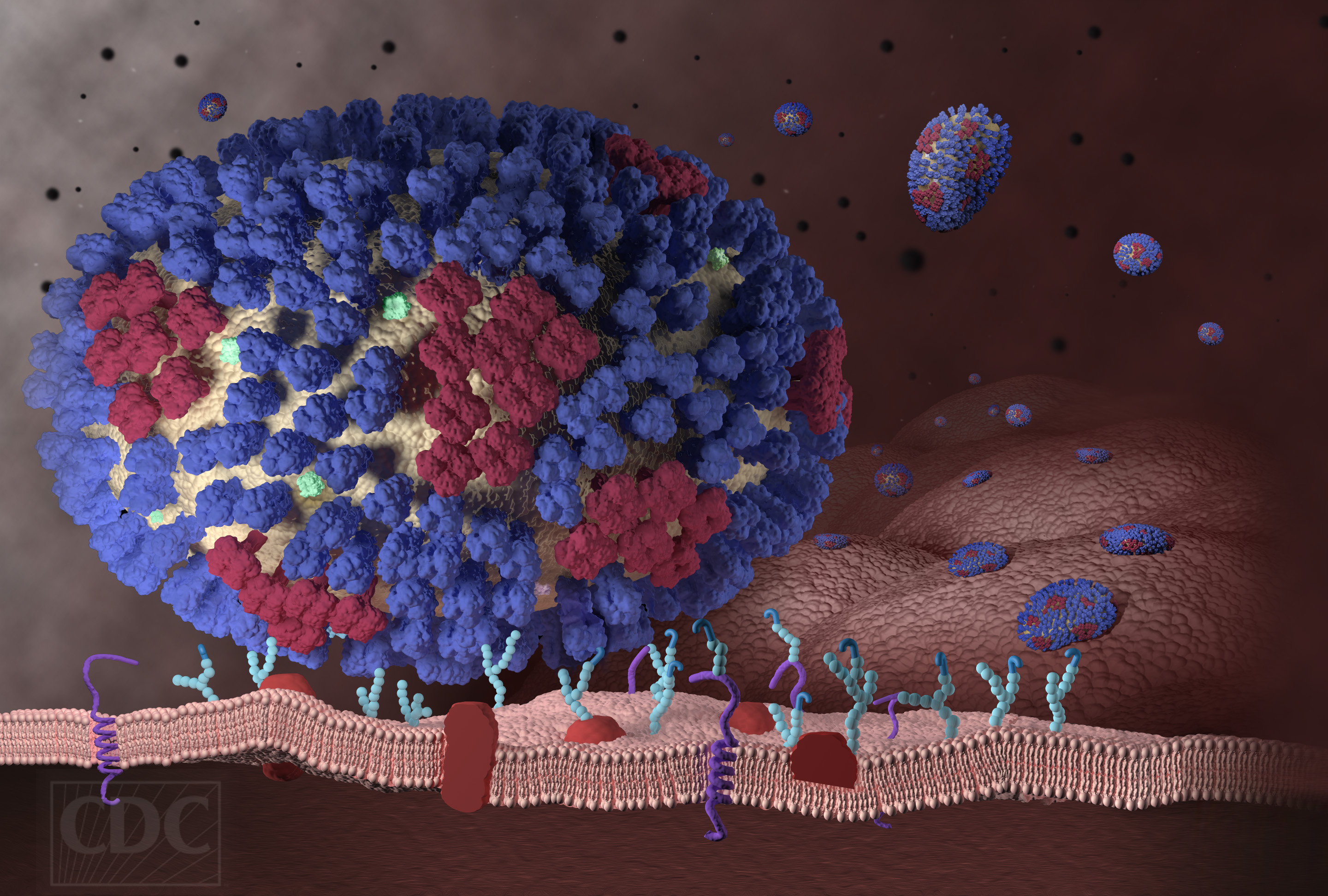Influenza A is one of two influenza viruses that fuel costly annual flu seasons and is a near constant threat to humans and many other animals. It’s also responsible for occasional pandemics that, like the one in 1918, leave millions dead and wreak havoc on health systems and wider society. Influenza A was first identified as a health threat nearly a century ago, but only in the last decade have scientists identified one of the virus’s key proteins for infiltrating host cells and short-circuiting their defenses.
Tag: Influenza A

Global health and zoonotic diseases expert available to speak on avian flu virus
Oladele “Dele” Ogunseitan, PhD serves as the University of California Presidential Chair and Professor of Population Health and Disease Prevention at the UC Irvine Program in Public Health. He is a renowned expert in the field of global health and…
Universal flu vaccine protects against variants of both influenza A and B viruses
A new universal flu vaccine protects against diverse variants of both influenza A and B viruses in mice, according to a new study by researchers in the Institute for Biomedical Sciences at Georgia State University.
New universal flu vaccine offers broad protection against influenza A virus infections, researchers find
A new universal flu vaccine constructed with key parts of the influenza virus offers broad cross protection against different strains and subtypes of influenza A viruses in young and aged populations, according to a new study by researchers in the Institute for Biomedical Sciences at Georgia State University.
With “herd immunity” unlikely, antivirals will play key role in COVID-19 management
According to The New York Times, the prospects for reaching “herd immunity” in the fight against COVID-19 are increasingly dim. Subsequently, the virus “will most likely become a manageable threat that will continue to circulate in the United States for…
The Gut Microbiome, CRISPR/Cas-9, and More Featured in August 2020 Toxicological Sciences
The August 2020 issue of Toxicological Sciences includes exciting advances in toxicology research. The edition features pieces on biotransformation, toxicokinetics, and pharmacokinetics; developmental and reproductive toxicology; and more.

Researchers Tackle the Flu with Breakthrough Virus Simulations
In a recent study, led by UC San Diego’s Rommie Amaro, researchers broke new ground with their molecular simulations in terms of size, complexity and methodological analyses of the viral envelope.

New pathogenic mechanism for influenza NS1 protein found
Researchers report the biological effects of influenza protein NS1 binding to RIG-I — the binding directly quiets the alarm that activates the cellular innate immunity defense against the infection. This is a newly described way for flu to antagonize the host cellular antiviral response.

New Tool Monitors Real Time Mutations In Flu
A Rutgers-led team has developed a tool to monitor influenza A virus mutations in real time, which could help virologists learn how to stop viruses from replicating. The gold nanoparticle-based probe measures viral RNA in live influenza A cells, according to a study in The Journal of Physical Chemistry C. It is the first time in virology that experts have used imaging tools with gold nanoparticles to monitor mutations in influenza, with unparalleled sensitivity.
Flu Is on the Rise: How to Protect Yourself
A Rutgers infectious disease expert explains this year’s flu outbreak and how you can stay healthy
Early and unusual flu season a risk for persons who vape, have chronic disease, more
Houston Methodist has medical experts available to discuss the below topics and trends related to flu season. This flu season is off to an early and unusual start A high number of flu cases this season are being caused by…